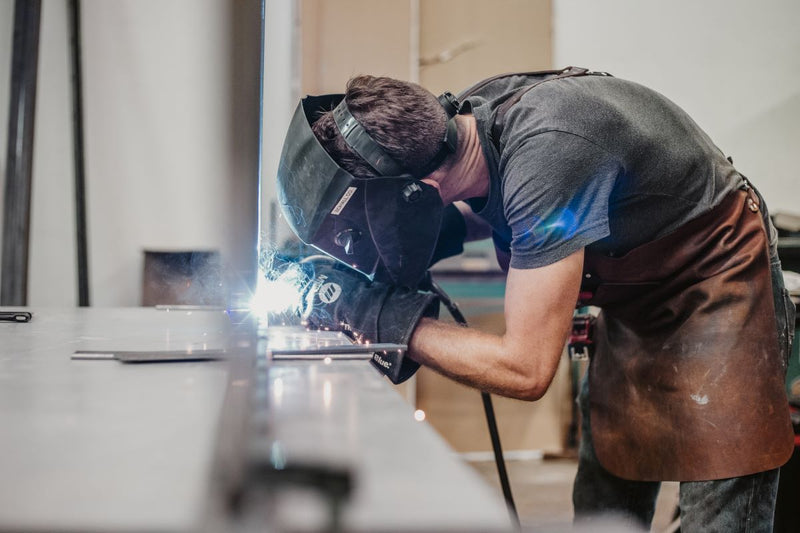Preventing Weld Undercut Made Easy: Secret Techniques Revealed
Preventing Weld Undercut Made Easy: Secret Techniques Revealed
Blog Article
Mastering the Art of Welding: Exactly How to Stay Clear Of Undercut Welding Issues for Flawless Manufacture Results
By comprehending the root triggers of undercut welding and carrying out effective methods to stop it, welders can raise their craft to brand-new levels of quality. In the search of remarkable manufacture outcomes, understanding the art of welding to stay clear of undercut concerns is not simply an ability yet a requirement for those aiming for excellence in their job.
Recognizing Undercut Welding

To prevent undercut welding, welders should guarantee appropriate welding criteria, such as readjusting the existing, voltage, traveling rate, and keeping the proper electrode angle. By understanding the causes of undercut welding and implementing preventive measures, welders can achieve premium, structurally audio welds.
Causes of Undercut in Welding
Recognizing the factors that contribute to undercut in welding is important for welders to create top notch, structurally sound welds. Inadequate welding present or wrong welding speed can also contribute to undercut. Comprehending these reasons and carrying out appropriate welding strategies can aid avoid damaging problems, guaranteeing durable and strong welds.
Strategies to avoid Undercutting

To minimize the danger of undercutting in welding, welders can utilize critical welding techniques aimed at boosting the high quality and honesty of the weld joints. In addition, using the correct welding strategy for the certain joint setup, such as weave or stringer beads, can add to minimizing undercutting.
Additionally, proper joint prep work, consisting of ensuring tidy base materials without pollutants and making use of the proper welding consumables, is essential in avoiding undercut flaws. Using back-step welding methods and controlling the weld grain profile can also aid distribute warmth uniformly and decrease the threat of undercut. Normal evaluation of the weld joint throughout and after welding, as well as applying top quality assurance measures, can help in addressing and spotting damaging concerns quickly. By carrying out these techniques vigilantly, welders can accomplish flawless fabrication results with minimal undercut problems.
Significance of Appropriate Welding Criteria
Choosing and keeping proper welding criteria is crucial for attaining successful welds with very little flaws. Welding specifications refer to variables such as voltage, current, take a trip speed, electrode angle, and securing gas circulation rate that directly influence the welding process. These specifications should be carefully changed based on the sort of product being bonded, its thickness, and the welding technique employed.
Correct welding criteria make sure the ideal amount of heat is related to thaw the base metals and filler product uniformly. If the parameters are established as well high, it can result in excessive warmth input, causing distortion, burn-through, or spatter. On the various other hand, if the specifications are too reduced, click here now insufficient fusion, absence of penetration, or damaging might take place.
Quality Control in Welding Procedures

Conclusion
To conclude, understanding the art of welding needs a complete understanding of undercut welding, its reasons, and methods to stop it. By guaranteeing proper welding parameters and executing quality control techniques, perfect fabrication results can be achieved. It is essential for welders to continually pursue quality in their welding operations to avoid undercut concerns and create premium welds.
Undercut welding, a Check Out Your URL common issue in welding procedures, takes place when the weld metal does not appropriately fill the groove useful reference and leaves a groove or clinical depression along the bonded joint.To stop undercut welding, welders ought to make certain appropriate welding parameters, such as readjusting the present, voltage, travel rate, and maintaining the proper electrode angle. Inadequate welding incorrect or existing welding speed can additionally contribute to undercut.To mitigate the threat of undercutting in welding, welders can use tactical welding methods intended at improving the quality and stability of the weld joints.In conclusion, grasping the art of welding calls for a comprehensive understanding of undercut welding, its causes, and methods to stop it.
Report this page